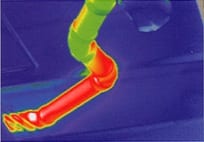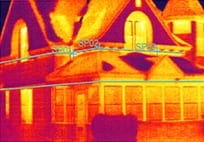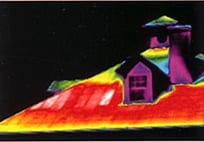These problems may include:
• Faulty wiring, breakers and fuses
• Hidden moisture intrusion
• The moisture sources of mold
• Pipe and duct work leaks
• Roof and ceiling leaks
• Foundation cracks
• Heat/energy loss
• Structural concerns
• Missing insulation
• Ventilation problems
• Moisture associated with termite nests
• Rats, mice and other pests

Detect Plumbing Issues
Blockages in pipes may be quickly located and addressed via infrared – enabling immediate response if required. The use of this non-destructive technology provides for proactive action to be taken – before the problem worsens.

Quickly Diagnose Building Conditions
Buildings may be quickly and thoroughly scanned via infrared, identifying problem areas that can’t be seen by the naked eye – ensuring the integrity of both structural and environmental systems for building inspection, repair verification and insurance purposes.

Check Energy Efficiency
Locate and address heating and cooling losses in residential, commercial and industrial buildings with ease and pinpoint accuracy, enabling not only repairs and adjustments to be made, but accurately verified after the fact.
Examples of infrared applications:
• Water intrusion: scanning interior surfaces of a building with an infrared camera can reveal excess moisture due to plumbing leaks, roof leaks, leaks around windows, etc. Wet areas of building materials cool when energy is transferred during the water evaporation process; therefore, a wet (“cooler”) area will stand out from the surrounding dry (“warmer”) surface.
• Insulation deficiencies: appreciable temperature differences, due to variations in thermal energy (heat) transfer, allow for detection of deficient or missing insulation when scanning ceiling and wall surfaces.
• Roofing leaks: scanning certain types of roof coverings can reveal water intrusion and accumulated moisture below the surface. Due to its thermal properties (high thermal capacity), water typically gives up heat at a much slower rate than the surrounding roof materials. The areas of accumulated moisture can therefore be detected when scanning the roof surface.
• Electrical systems: deficiencies within the electrical system can be made visually apparent by use of an infrared camera. For example, a deficient connection between electrical components can result in resistance, which will manifest in an apparent temperature elevation when compared with similar types of connections under similar load conditions.
• Structural issues: differences in thermal capacity, conductivity, and other intrinsic qualities of building structural components can allow for their detection when scanning walls, floors, and ceilings with an infrared camera. Under the right conditions, missing structural components, and portions of structural components which are damaged (to the extent that their intrinsic qualities are significantly changed), can be detected.
NOTE: Although infrared thermal imaging is a far better diagnostic tool than the naked eye, it does not guarantee 100% accuracy, unless removal or destruction of components can be achieved to validate findings. When possible, other tools are used to verify thermal images, but even with these considerations we do not claim to have x-ray vision. Conditions may change and cause the apparent temperatures revealed on thermal images to be different at any given time.
Infrared (Thermal Imaging) Fee Schedule
Energy Scans
$299.00 Infrared scan of the exterior walls and ceiling to determine heat loss and inefficiencies
Partial Scan
$150.00 per hour – Quoted individually, you determine the scanned areas
We offer all of our services and infrared testing in Champaign, IL and the surrounding areas. Don’t know if we service your area? Contact us today and find out!
